|
Wondering how to make your hair grow faster? Let the pros from Matrix reveal their top hair growth tips!
1. Set Realistic Hair Goals You may think your hair grows slower than everyone else’s but the fact is that hair growth takes time. Scientists say the average rate of hair growth is about ½ inch per month, with slight variations for hair type. Curly, fragile hair grows a bit slower than straight, thick hair. Be sure to use strengthening masks like our Miracle Creator Multi-Tasking Hair Mask to revitalize your fragile strands. So if you’re planning to grow out your pixie cut, don’t expect to grow waist-length hair overnight, but you can expect a short haircut to be shoulder length in about 14 months. 2. Keep Your Hair Healthy To ensure that your hair grows in step with the healthy average rate, remember this: stronger hair = longer hair. If your hair is on the damaged side, use a reparative system like Biolage FiberStrong which fortifies fragile hair. You’ll tip the hair growth odds in your favor if the hair you have is as strong and healthy as possible. “This fact,” says Matrix Artistic Director Michael Albor, “is truly at the root of it all.” 3. Start With Proper Nutrition You are what you eat, and that goes for your hair. Nutritional deficiencies are some of the biggest culprits behind weak, damaged hair with constant breakage that refuses to grow. If you’re really concerned that your hair simply won’t grow and are desperate to grow your hair faster, check in with your doctor to see if everything is on target health-wise. If you have an iron deficiency, for example, it can cause your hair to be thin and dull. Many doctors recommend foods containing omega-3 fatty acids, vitamin B and vitamin E to provide the type of nourishment that enhances hair growth. And many women have found favorable results after several months as a result of taking hair supplements containing biotin, vitamins and anti-oxidants. 4. Trim Hair Regularly It’s tempting to avoid scissors completely when you’re trying to grow your hair, but frequent hair trims are actually a wise strategy. Keeping your ends crisp and neat helps prevent split ends and fraying, which can lead to hair breakage and slow down the rate of hair growth. So keep up those regular, six-to-eight week haircut appointments, and let your hairstylist “dust” the ends, i.e. remove a fraction of an inch to keep each hair strong and intact. 5. Color Your Hair with Care Frequent forays with hair color and lighteners can cause dryness, split ends, dull hair and breakage. That’s because with hair color, you’re ultimately disrupting the top, protective layer of hair to allow the hair color to penetrate. You don’t have to give up your hair color completely, just opt for a less drastic hair color shade change. This will allow your hair stylist to use formulas that don’t have to disrupt your hair too drastically. Also, talk to your stylist about bond repair additives that protect the bonds of your hair from damage during the hair color process, and will also prevent additional hair color damage from occurring. And to take it a step further, use an at home bond restorative system like Total Results The Re-Bond that helps fortify weakened, over processed hair. 6. Condition Hair Conscientiously Conditioners are your hair’s best friend—they help you detangle, they keep your hair soft and shiny. “There are conditioners for every hair type,” says Albor, “and everyone should find the right formula and apply it after every shampoo. You can even skip a shampoo from time to time and go straight to the conditioner.” Leave-in treatments are great to help with detangling and protect the hair from heat. And a weekly hair mask or oil-based hair treatment will help take care of the older, more fragile ends that are susceptible to breaking off. 7. Avoid Heat Damage High heat styling tools are surefire aids for creating and locking in beautiful hairstyles, but too much heat can have damaging long-term effects on your hair. If air-drying is an option for your hair, put your hair dryers and irons aside when possible. (A heatless hair styling crème will help put shape in your hair while controlling frizzy hair.) You can also explore alternative hair setting options, such as braids, twists and good old foam or Velcro hair rollers. When you do opt in for blow drying, set the temperature as low as you can in order to accomplish your desired hairstyle, and keep the blow dryer nozzle at least six inches from your scalp. A lower heat setting is also the best strategy when using flat irons and curling irons, and be sure to shield your hair from heat damage with heat protection products. 8. Don’t Forget Good Scalp Care Healthy hair growth starts with a healthy scalp. Keeping the hair follicles on the scalp clean and clear from product or oil buildup will prevent the growth rate from slowing down. Try not to over-use your dry shampoos. While they’re an excellent way to absorb excess oil on the scalp, over-using them can cause buildup that clogs hair follicles. Treat yourself to frequent scalp massages—they’re not only sooooo relaxing, they also rev up the circulation in your scalp that will keep your hair nourished. Finally, consider a weekly scalp “scrub” treatment to remove product residue and excess oil. Consider it exfoliation for your hair and scalp. 9. Brush Hair Wisely First off, never brush your hair when it’s wet. Use a wide tooth comb (or a brush specifically designed for wet hair) to detangle, and work slowly and carefully from the bottom up to avoid hair breakage. When your hair is dry, brush it with a cushioned brush with boar bristles, which are gentle on fragile hair. Use the brush to stimulate your scalp and enhance circulation and healthy hair growth. About 15 or 20 strokes a day will do the trick. 10. Avoid Mechanical Hair Damage Environmental hair damage—too much sun or saltwater—and chemical hair damage from hair color, relaxers, straighteners or perms are two ways that hair becomes damaged when you’re trying to grow it. Mechanical hair damage is another way. That happens when you wring your hair too tightly with a coarse towel, bind it too firmly into a ponytail or sleep on a rough pillowcase. All of these bad hair habits can lead to hair breakage. So swap out the terry cloth for a soft micro-fiber towel or cotton t-shirt and blot your hair gently after shampooing. Use fabric-coated elastic hair bands to secure your ponytails and buns, and don’t put them in the same spot every day. Finally, treat yourself to a sateen or satin pillowcase that won’t cause the friction that leads to the hair tangles that can weaken your hair. This article appeared on Matrix Jim Markham, Celebrity Stylist and serial brand founder (he’s responsible for Sebring®, Markham®, ABBA® Pure & Natural, PureOlogy Serious Colour Care® and ColorProof Evolved Color Care®) definitely knows a thing or two about hair growth. Searching for the best ingredients to wake up the scalp and increase strands has basically became a way of life for Jim, which is why we’re stoked that he’s shared his personal top five list of surprise ingredients that actually lead to hair growth. And according to the expert, all you need for thicker strands can be found your kitchen.
Apples “An apple a day really does keep the doctor away,” notes Jim of his top selection. Apples contain essential minerals including: magnesium, potassium, copper and calcium—all of which help decrease hair loss. They also contain nutrients that help restore and regenerate new cell turnover and are loaded with antioxidants that help prevent buildup. “The specific chemical – procyanidin B-2 – found in apples, is actually proven to aid in hair growth,” he confirms. Grape Seed Oil “Grape seed oil, which comes from the seeds of grapes that are thrown away during the process of wine making, also has superb benefits,” adds Jim. This is because grapes are packed with Vitamin E, which is essential for hair growth. “Vitamin E helps block the production of DHT, a hormone that causes hair loss.” Grape seed oil applied directly to the scalp will also encourage the spread of other natural oils, a process which relaxes hair follicles and encourages growth overall. Eggs “Eggs aren’t just food for us, they’re also for our hair,” says Jim. Full of proteins and minerals, egg yolk can actually help hair grow back—this is because it contains biotin and B-complex vitamins. “Make yourself an at-home mask by applying egg yolk directly to the roots of hair follicles, massaging into the scalp for maximum benefits,” he advises. “Aside from actually applying the yolk to your hair, incorporating eggs into your diet can also help with hair growth.” Onion Onions make the list because they are super rich in chemical sulfur, which has been proven to aid in hair growth. There are also many natural antioxidants found in onions, which works against build-up and bacteria to regenerate hair growth. To reap the full benefits of this miracle vege “use the juice from 2-3 onions and apply it directly to scalp the before shampooing,” Jim advises. Potato “Potatoes are made up of vitamin B and C, zinc and iron – all ingredients that are scientifically proven to encourage hair growth,” says Jim. Like onions, juicing 2-3 potatoes and applying this liquid to your roots can actually aid in the hair growth process. The tasty vegetable also has natural ingredients that can “cleanse any accumulation forming on the scalp, which can help refresh your hair for growth.” This article first appeared on Mane Addicts In a study conducted in mice, researchers from Johns Hopkins were able to confirm that a Western-style diet — high in fats and cholesterol — has a negative impact on hair and skin health. They went even further, however, developing a drug that is able to reverse the damage. In an open access paper recently published in the Nature journal Scientific Reports, Subroto Chatterjee and colleagues from Johns Hopkins Medicine in Baltimore, MD, show that a diet high in fats and cholesterol can lead to skin inflammation, as well as hair loss and hair whitening.
Based on their initial findings, the researchers also developed an experimental drug, D-threo-1-phenyl-2-decanoylamino-3-morpholino-1-propanol (D-PDMP), hoping it would help them reverse the effects of an unhealthful diet on skin and hair. D-PDMP regulates the production of a type of fats (lipids) known as "glycosphingolipids" (GSLs), which are part of the membranes of skin cells and other cell types. In particular, GSLs are a major component of skin cells that make up the external skin layer and of keratinocytes, a type of cell that participates in the pigmentation, or coloring, of skin, hair, and eyes. "Further research is needed, but our findings show promise for someday using the drug we developed for skin diseases such as psoriasis and wounds resulting from diabetes or plastic surgery," says Chatterjee. Western diet tied to hair, skin damage The research team tested the effects that a fatty diet would have on the skin and hair of mice, as well as the effectiveness of the specially designed compound in offsetting the damage. Chatterjee and team worked with a group of mice that they had first genetically modified to express symptoms of atherosclerosis, a condition in which fat deposits form inside arteries, obstructing the free flow of blood. The researchers split the mice into two distinct groups: one of these was assigned a regular mouse diet, while the other was allocated a high-fat, high-cholesterol diet — similar to a Western-style regimen. All the mice were 12 weeks old when they started on their respective diets, and the researchers conducted their first assessments when the mice were 20 weeks old. The team found that the mice on a Western-style diet had begun to lose hair and displayed hair whitening and skin lesions. At 36 weeks of age, 75 percent of the mice that had stayed on the high-fat and high-cholesterol diet had multiple skin lesions, as well as more severe hair loss. When the mice were between the ages of 20-36 weeks, the researchers gave them all D-PDMP in varying amounts, either in liquid form or in capsule form, as they each stayed on their assigned diet. After receiving either 1 milligram and 10 milligrams per kilogram of body weight of D-PDMP in capsule form, the mice on a fatty diet started to regain their lost hair, as well as their initial hair color. Skin damage also started to heal. Chatterjee and team also noted that treating the rodents with 1 milligram of D-PDMP in capsule form per kilogram of body weight was as effective in reversing skin and hair damage as 10 milligrams in liquid form per kilogram of body weight. This, the researchers explain, suggests that capsules are more effective in delivering the compound. Experimental drug may restore health So, what did D-PDMP do specifically? The research team observed that the skin of mice following a Western-style diet showed numerous signs of neutrophil infiltration. Neutrophils are a type of white blood cell that plays a role in inflammation. Encapsulated D-PDMP reduced the number of neutrophils observed, suggesting that the substance was effective in reducing skin damage and inflammation. The researchers also noted that rodents on a fatty diet had modified levels of three important kinds of lipids — ceramides, glucosylceramides, and lactosylceramides — which normally help to maintain skin health. 'Faster, more effective recovery'" Our findings show that a Western diet causes hair loss, hair whitening, and skin inflammation in mice, and we believe a similar process occurs in men who lose hair and experience hair whitening when they eat a diet high in fat and cholesterol," emphasizes Chatterjee. While the study researchers are hopeful about the promising results they obtained with D-PDMP in mice, they nevertheless point out that more animal research has to be carried out, in order to establish exactly how much of the compound is necessary to fully treat the damage caused by Western-style diets in hair and skin. Moreover, the team also warns that the results seen in mice may not apply to people, as that is an aspect that is yet to be confirmed. D-PDMP's safety for human ingestion has also not yet been established. Still, the scientists think of their current findings as the first step toward better ways of maintaining or restoring hair and skin health. This article first appeared on Medical News Today Cue the celebration emoji—the scale is moving in the direction you want it to! But...then you start to notice that your hair is falling out. Like, a lot of it. WTH? Before you panic and assume you’re going bald, know this: What you're going through is completely normal. “We know that, clinically and anecdotally, hair loss is associated with rapid weight loss or weight loss associated with stress,” says Ken L. Williams Jr., D.O., a hair-restoration specialist, surgeon, and author of Hair Transplant 360 – Follicular Unit Extraction. In other not-fair news, the more weight you lose, the more likely you are to experience some form of hair loss, says Beth Warren, R.D.N., founder of Beth Warren Nutrition and author of Living a Real Life with Real Food. It all comes down to ~nutrients~, says Fatima Cody Stanford, M.D., M.P.H., an obesity medicine physician at Massachusetts General Hospital. People often don’t take in enough protein when they lose weight, she explains. And, when you don’t get enough protein, your body has to decide where to send the protein it does have. Given that your hair isn’t crucial to your survival, it gets the leftovers, Stanford says—and that can lead to hair loss.
Ready for the good news? This is temporary. “When people stop losing weight, the hair loss usually resolves itself,” Warren says. If you’re planning to lose a lot of weight and want to minimize the...er...fallout, try keeping tabs on how much protein you’re getting, and aim to get your recommended daily amount—that would be 46 grams. It’s also a good idea to try to get some zinc in your diet, Stanford says, since it's a key mineral for hair growth (as well as skin and nail growth). You can get it by eating:
You may also want to take a zinc supplement to be totally sure you’re getting enough, says Stanford. (Just check in with your doctor first, which is a must before taking any kind of supplement.) If you do start to lose your hair, despite your best efforts, and it’s bothering you, Williams recommends taking a biotin supplement or even a prenatal vitamin, both of which have a lot of extra vitamins your body probably is probably craving right now. You can also try monoxidil (a.k.a. Rogaine), which stimulates hair growth, he says. And in the meantime, repeat after me: "This is not permanent." This article first appeared on Women's Health HE’S behind one of the world’s most iconic hair products. But the professor behind GHD says we are making a big mistake when straightening. THE name Dr Tim Moore probably doesn’t mean much to many of us, even if you are a fanatic when it comes to the world of beauty. But this professor from Cambridge University is responsible for perhaps one of the most iconic hair styling products in the world — the GHD hair straightener. Standing for ‘Good Hair Day’, Dr Moore says despite the bloggers and vloggers giving anyone, anywhere advice on how to style their hair — there’s still a big misconception when it comes to using a styler. Speaking to news.com.au while in Sydney for their latest style, the GHD Platinum +, Dr Moore said some of the biggest mistakes not only cause damage to hair follicles — but also stops a style from lasting all day. “There’s a lot of miscommunication when it comes to temperature,” Dr Moore told news.com.au. “Your hair consists of three kinds of bonds. Putting your styler at the hottest temperature is not the key to getting your hair how you want it. “You don’t need anything above 185 degree celcius (365 degrees Fahrenheit), because using anything above that creates vertical cracks along the cuticle, causing the cuticle to lift and resulting in tangles and splits. “Trying to style your hair below 185C will often take many passes of the tool to achieve a good result, which is more drying to the hair and causes further split ends.” While it should come as no surprise that styling your hair with heat can cause damage — we’ve all been there when it comes to cranking up the heat in the hope your style will last a little longer. “Temperatures that break the hair bond is 200C degrees,” he explained. “The higher the temperature, it can change the colour of the hair too. These people going to 230C degrees … it’s really bad news and you will cause significant damage.” Dr Moore, who joined the GHD team in 2008 and created their Research and Development lab, spends most of his time working on how to develop and change their stylers to overcome any damaging elements that feature in heat stylers available on the market. Dr Moore, who was in Sydney on Thursday for the launch of GHD’s Platinum+ smart straightener, said even a woman with curly or frizzy hair shouldn’t be turning up the temperature for a better style. In an interview with MamaMia, he explains straightening hair of different thickness was like boiling water. “Thick hair is like heating up 10 litres of water, as opposed to thin hair which is like heating up 1 litre of water,” he said. “You don’t need more temperature, but you need more energy.” And speaking of water, Dr Moore said only use styling products on completely dry hair. “If your hair is wet, the heated water will transform from a liquid to a gas and expand,” he said. “Water trapped in the cortex will burst out of the strand and damage it.” Dr Moore said their latest $340 styler, which will launch in September, was the “world’s first smart straightener” and used prediction to control heat and respond to the needs of your hair. Speaking of competitors in the market, including Dyson — who this year brought out the Supersonic hair dryer for $500 — he welcomed new competition to the ever growing beauty technology market. “They have brought out an interesting hair dryer,” he said. “But where we lead and are different to Dyson is that we do the fundamental research into hair. While they are a good competitor, we have a strong competitive edge in terms of the scientific needs of hair.” In response, Dyson said their range of haircare contains “intelligent heat control” as a mechanism to care for hair. “Research sits at the heart of everything Dyson does, particularly when entering a new category,” a spokesperson said. “Setting up our own state of the air hair laboratories is what enabled Dyson’s engineers and scientists to reveal the intrinsic issues with conventional hair dryers. During four years of intensive research, our testing revealed many conventional machines can reach unnecessary extreme temperatures.
“This is one of the key issues the Dyson Supersonic hair dryer has been designed to combat. Unlike many competitor products, the Dyson Supersonic hair dryer possesses intelligent heat control. A glass bead thermistor measures the temperature 20 times a second, never letting the machine exceed temperatures of 150 degrees.” This article first appeared on news.au.com |
Hair by BrianMy name is Brian and I help people confidently take on the world. CategoriesAll Advice Announcement Awards Balayage Barbering Beach Waves Beauty News Book Now Brazilian Treatment Clients Cool Facts COVID 19 Health COVID 19 Update Curlies EGift Card Films Follically Challenged Gossip Grooming Hair Care Haircolor Haircut Hair Facts Hair History Hair Loss Hair Styling Hair Tips Hair Tools Health Health And Safety Healthy Hair Highlights Holidays Humor Mens Hair Men's Long Hair Newsletter Ombre Policies Procedures Press Release Previous Blog Privacy Policy Product Knowledge Product Reviews Promotions Read Your Labels Recommendations Reviews Scalp Health Science Services Smoothing Treatments Social Media Summer Hair Tips Textured Hair Thinning Hair Travel Tips Trending Wellness Womens Hair Archives
January 2025
|
|
Hey...
Your Mom Called! Book today! |
Sunday: 11am-5pm
Monday: 11am-6pm Tuesday: 10am - 6pm Wednesday: 10am - 6pm Thursday: By Appointment Friday: By Appointment Saturday: By Appointment |
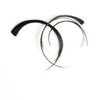
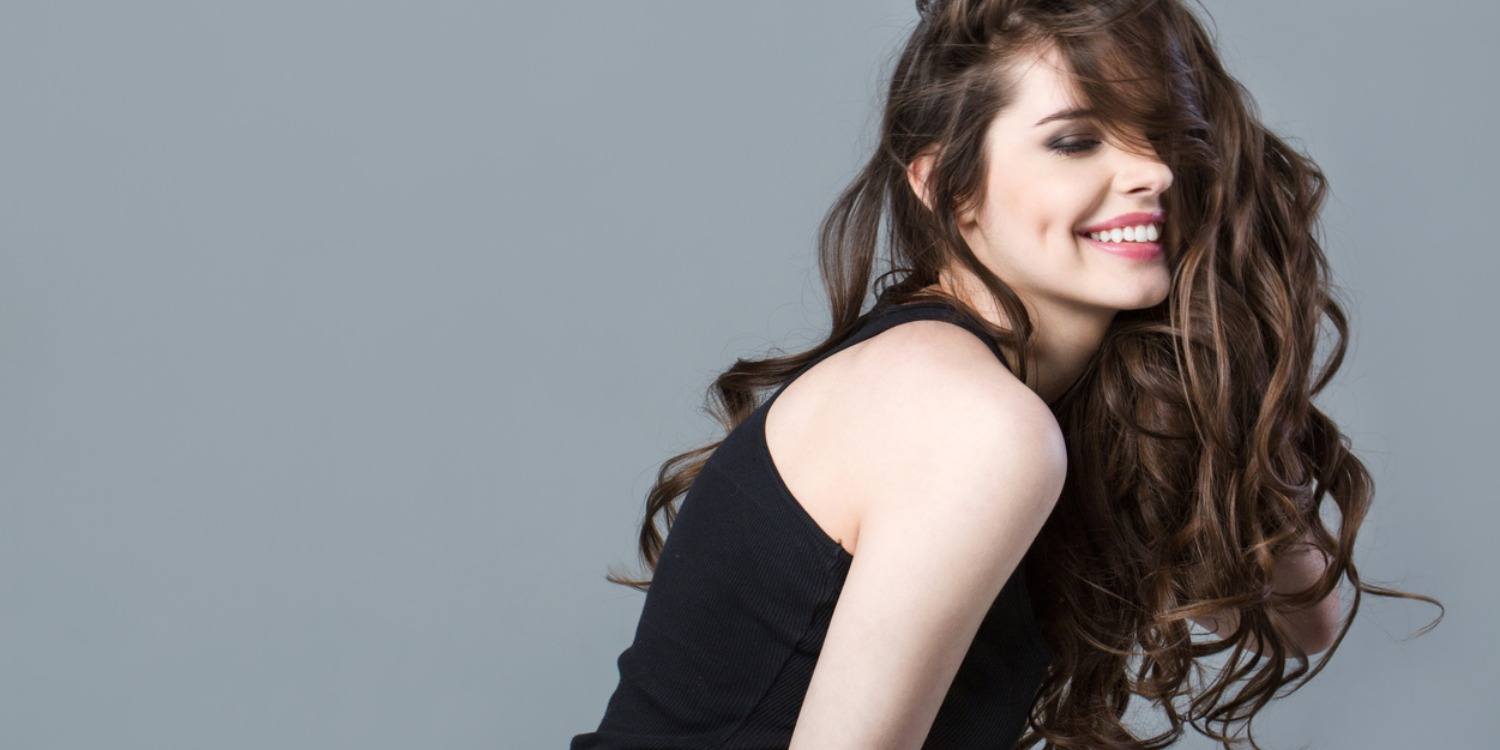
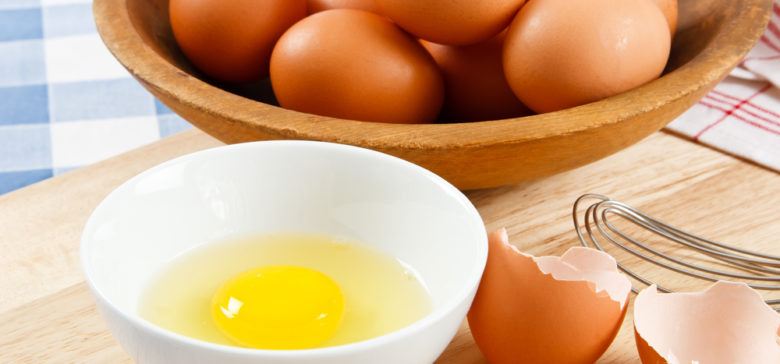
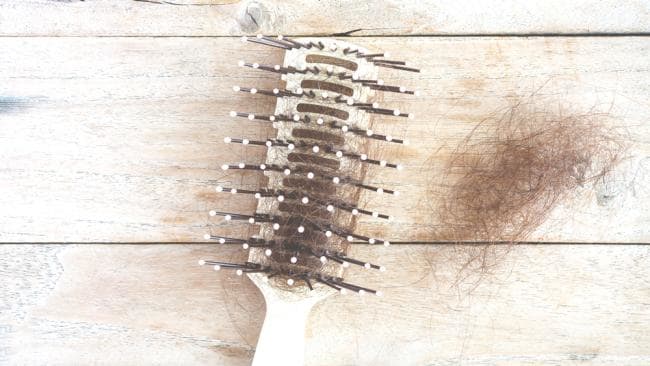
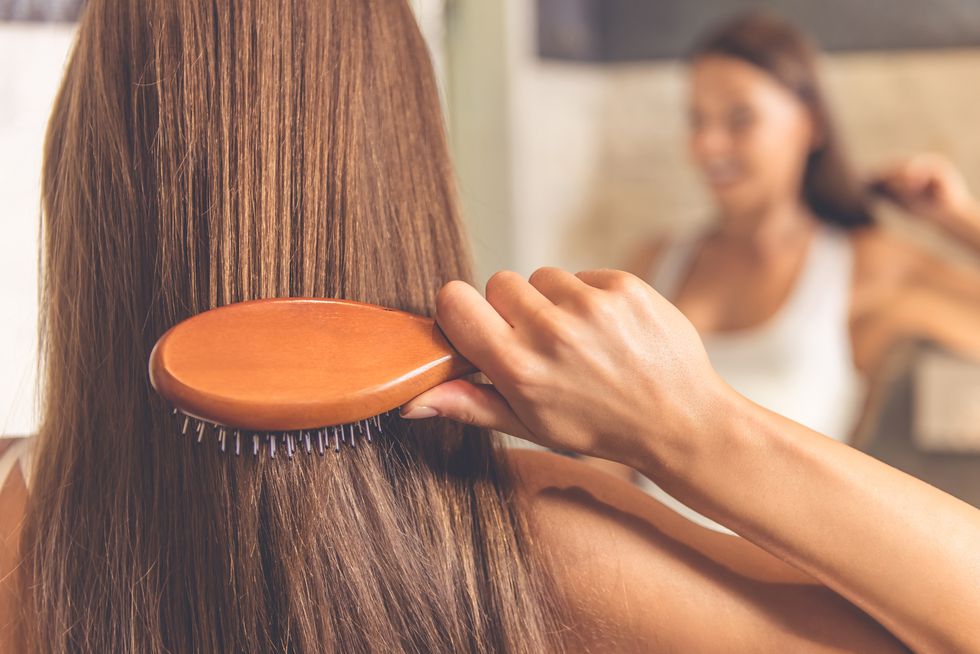
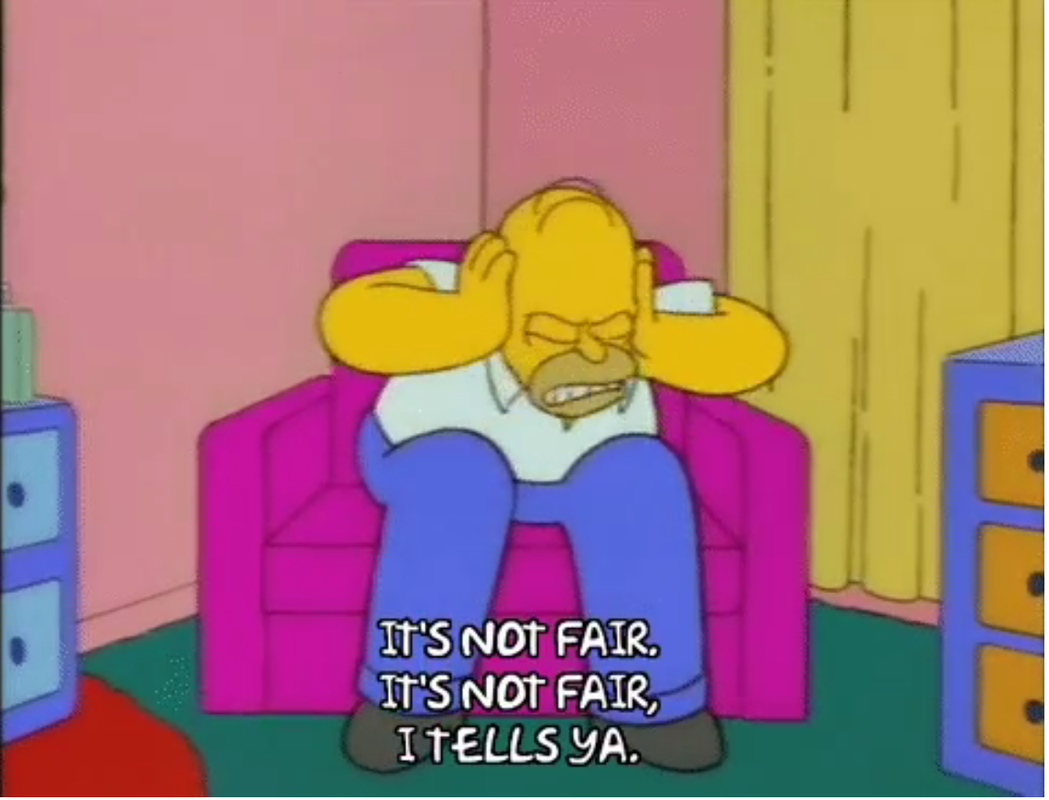
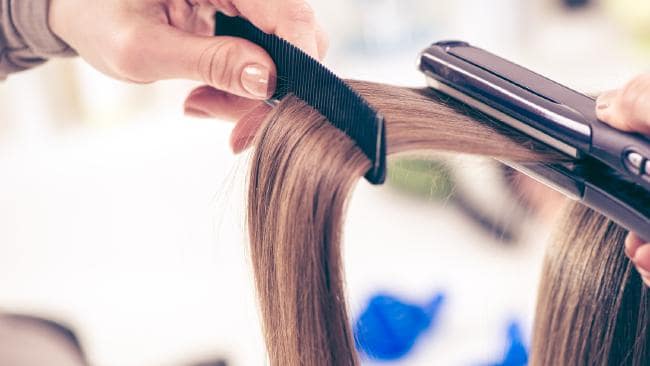

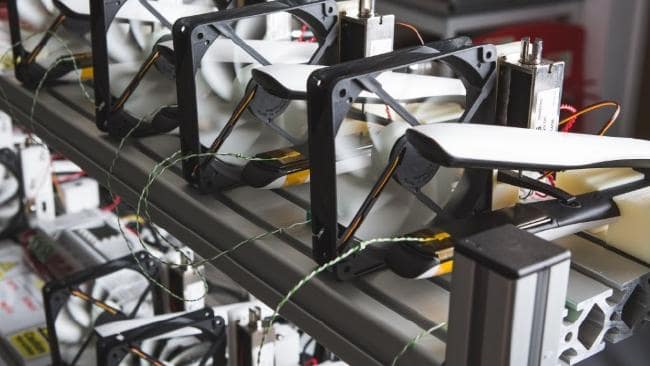
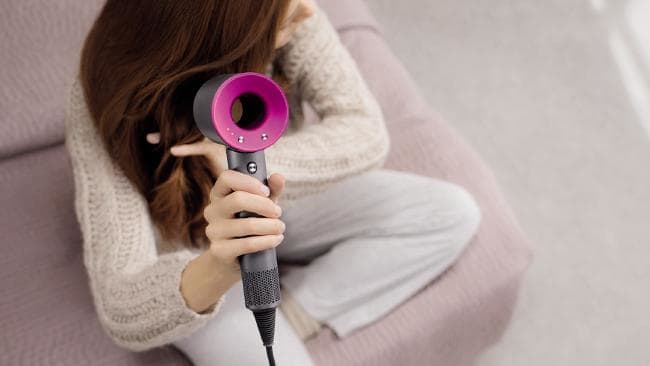
 RSS Feed
RSS Feed